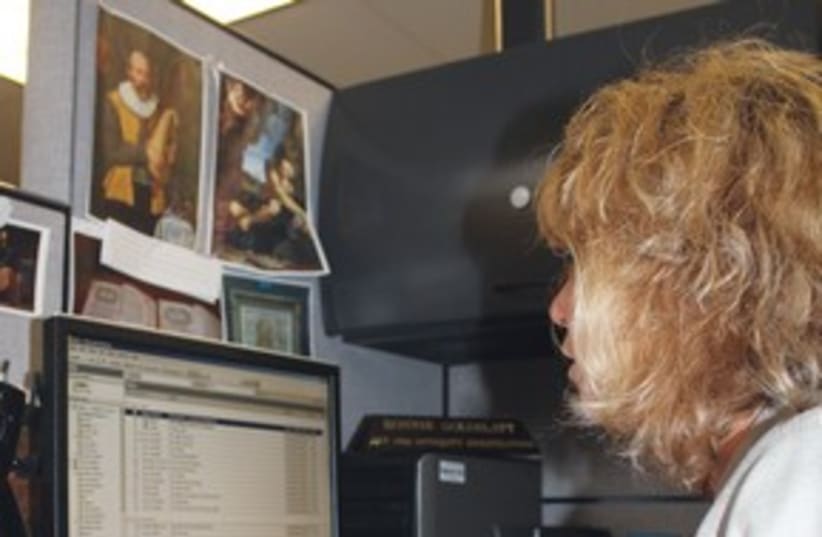The writer is completing a nonfiction book, My Grandparents’ Holocaust. He is a columnist for The Faster Times.
Undercover avenger
Restoring the Holocaust’s stolen art.

The writer is completing a nonfiction book, My Grandparents’ Holocaust. He is a columnist for The Faster Times.